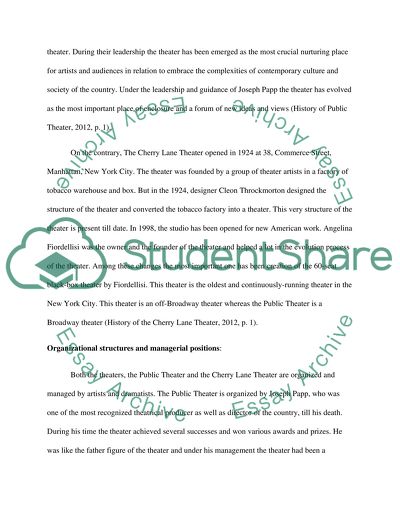Cite this document
(“Theatres in New York City - Public Theater and the Cherry Lane Theatre Research Paper”, n.d.)
Retrieved from https://studentshare.org/visual-arts-film-studies/1394818-theatres-in-new-york-city-public-theater-and-the-cherry-lane-theatre
Retrieved from https://studentshare.org/visual-arts-film-studies/1394818-theatres-in-new-york-city-public-theater-and-the-cherry-lane-theatre
(Theatres in New York City - Public Theater and the Cherry Lane Theatre Research Paper)
https://studentshare.org/visual-arts-film-studies/1394818-theatres-in-new-york-city-public-theater-and-the-cherry-lane-theatre.
https://studentshare.org/visual-arts-film-studies/1394818-theatres-in-new-york-city-public-theater-and-the-cherry-lane-theatre.
“Theatres in New York City - Public Theater and the Cherry Lane Theatre Research Paper”, n.d. https://studentshare.org/visual-arts-film-studies/1394818-theatres-in-new-york-city-public-theater-and-the-cherry-lane-theatre.


